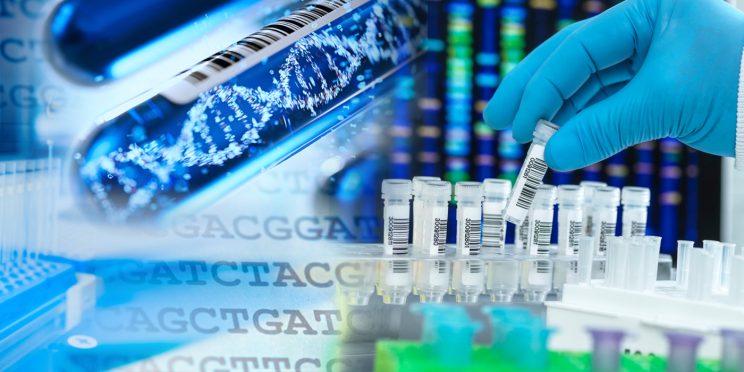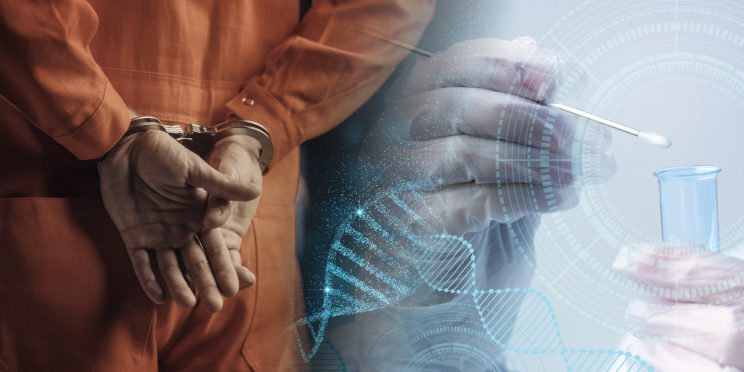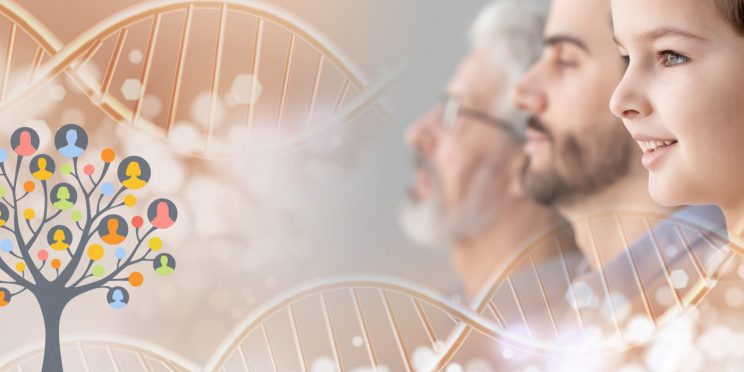This webinar originally occurred in 2018
Duration: 1 hour
Overview
This webinar aims to improve the knowledge on kinship testing involving siblings and provides a cost-benefit analysis of practices involving the use of additional reference siblings and substitution of half-siblings for full siblings in kinship tests.
DNA kinship tests are regularly used for immigration purposes, parentage testing, forensic casework, and the identification of victims of mass disasters to establish a biological relationship between two or more individuals. However, since siblings can share between 0%-100% of their DNA, the testing of siblings can become complex. Due to the massive variation in the amount of DNA shared between two siblings, this webinar discusses the costs and benefits associated with certain techniques in kinship testing involving siblings. First, this webinar investigates the use of multiple reference siblings in a kinship test and assesses if this practice is beneficial in better confirming a biological relationship in question. Second, this webinar also explores the effect of utilizing half-siblings instead of full siblings in order to assess if less information is obtained using half-siblings in a kinship test. Supplied with this information, the cost-benefit relationship of employing an increased number of full siblings and half-siblings in kinship testing was examined. Factors such as the cost of the DNA testing, the access to more than two family members, and the variation in the amount of DNA shared between siblings are discussed in the examination of this cost-benefit relationship.
Detailed Learning Objectives:
- Attendees of this webinar will be able to identify the effects of testing an increasing number of siblings in a kinship test to more accurately establish a biological relationship.
- Attendees will be able to describe the effects of substituting half siblings for full siblings in the identification of a biological relationship in question.
- Attendees will be able to identify the costs and benefits associated with testing multiple full siblings and half siblings in a kinship test.
Presenter
- Brandi Iorio | Graduate Student at the George Washington University
Funding for this Forensic Technology Center of Excellence webinar has been provided by the National Institute of Justice, Office of Justice Programs, U.S. Department of Justice.
The opinions, findings, and conclusions or recommendations expressed in this webinar are those of the presenter(s) and do not necessarily reflect those of the U.S. Department of Justice.
Contact us at ForensicCOE@rti.org with any questions and subscribe to our newsletter for notifications.




